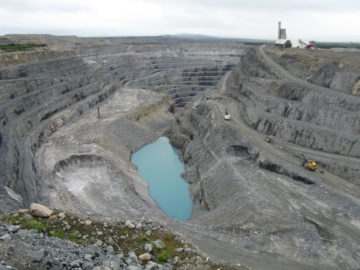 Julie Michelle Klinger in Boston Review:
Julie Michelle Klinger in Boston Review:
Rare earth elements have reemerged in the news as U.S. anxieties over economic interdependence with China grow. New revelations about social and environmental violence in supply chains, most recently in Myanmar, surface under headlines that have circulated since 2009. They often suggest that rare earth elements are only used for green energy and, thus, that green energy is solely responsible for the devastation wrought by rare earth mining.
Over the past decade, this narrative has profoundly shaped the debate around renewable energy infrastructure and our prospects for mitigating the climate emergency in line with Paris climate goals or Intergovernmental Panel on Climate Change (IPCC) guidelines. At the same time, massive efforts are underway globally to diversify rare earth supply chains and movements against green colonialism accelerate apace with movements to remove regulatory checks on industry and fast-track mining operations. The debate over where and how the rare earth mining and refining industry is built outside of China is contentious and polarizing, but the intensity of the debate is a sign of progress. We are now confronting the tough questions around mineral acquisition, no longer content to merely decry the injustice of offshoring environmental harm. To reach a brighter, greener future, communities in the Global North are exploring what it means to be more responsible for their mineral needs.
The concern about rare earth supply chains as a “dirty secret” for green energy is misleading, the unfortunate result of environmental justice concerns deployed in bad faith to protect the fossil-fueled status quo. Though the social and environmental concerns are valid, they are not solely tied to renewable energy. Rare earth elements are used in every major form of energy generation. In fact, since the 1960s, petroleum refining was the largest single domestic use of rare earth elements in the United States, and it has only recently been edged out by magnets.
More here.
